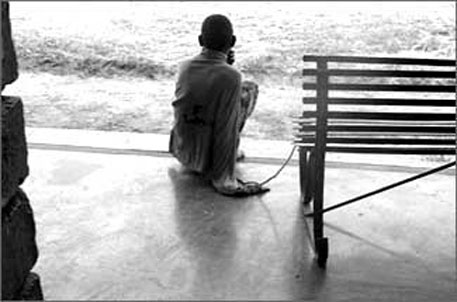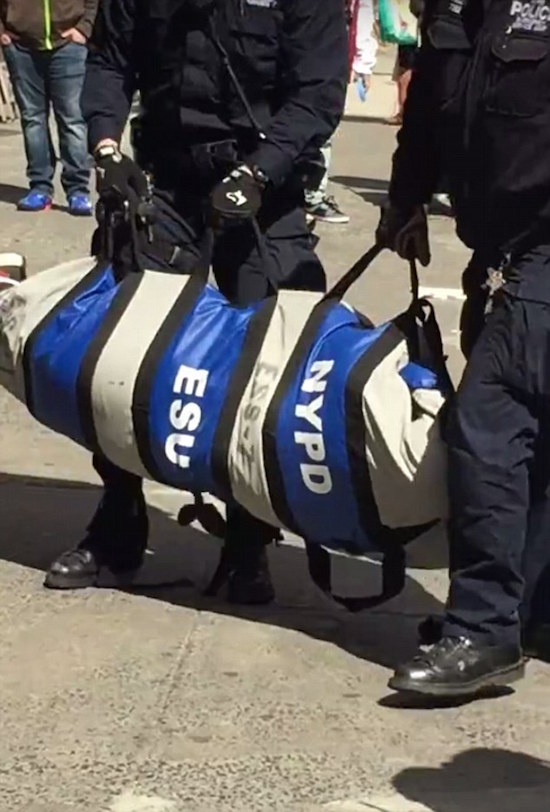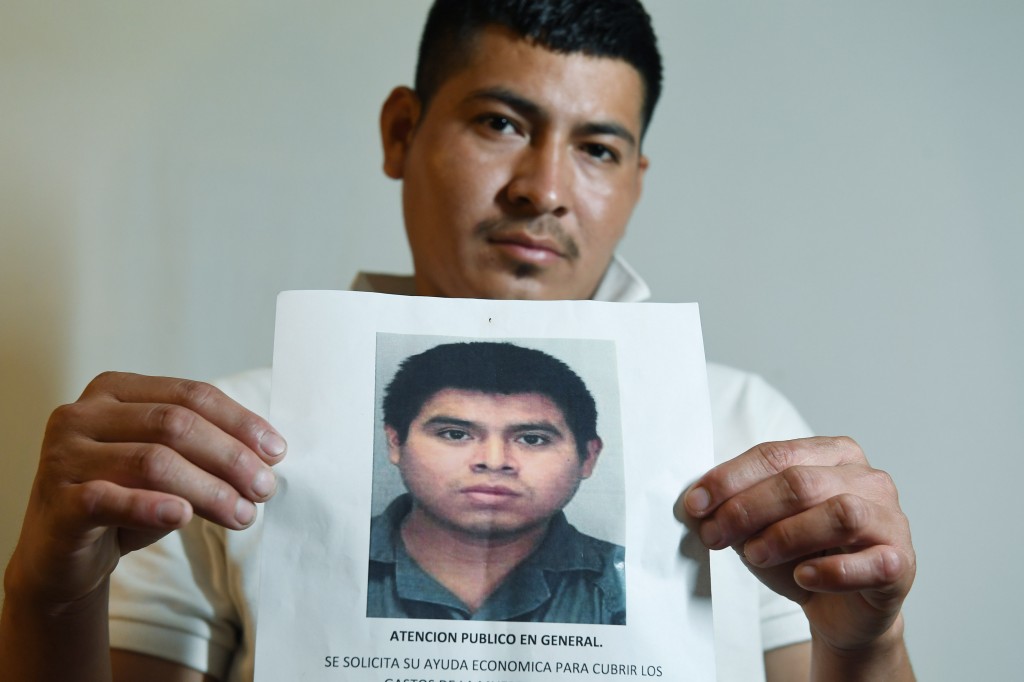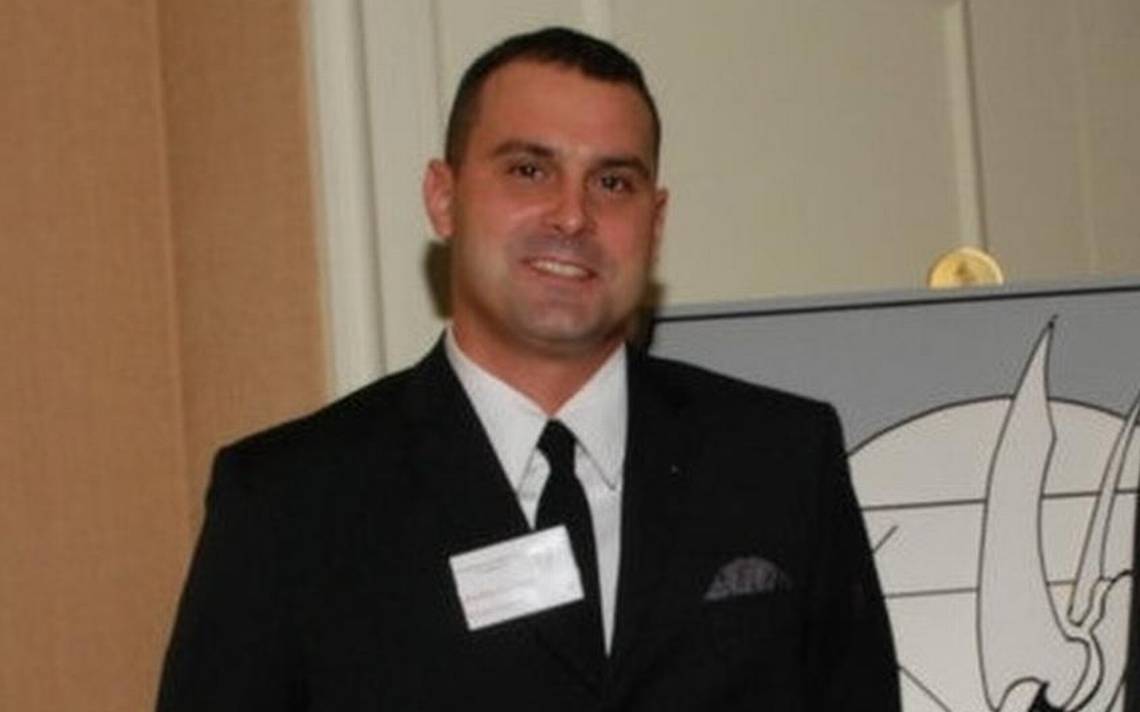
(9-19-16) This is the first of three blogs about my recent trip to India where I toured mental health facilities.)
“Individuals with mental issues are incapable of making their own decisions.”
“I disagree. They are not condemned to impaired thoughts 24/7 and their voice needs to be respected.”
It’s an argument that could be heard in any American city. But I was hearing it in Chennai, India during a three day conference on Justice and the Rights of Homeless Persons with Mental Health Issues.
I’d been invited to give the conference keynote and, unknowingly, my talk thrusted me into a spirited debate in India about patient rights.
Vandana Gopikumar, a co-founder of The Banyan, one of the largest mental health service organizations in India, had read my book, and invited me to speak. (More about this amazing advocate and The Banyan in upcoming blogs.) Of course, I spoke about my son, Kevin, and his recovery. Mid-way through my talk, I mentioned what I see as an ongoing feud in mental health circles in the United States.







